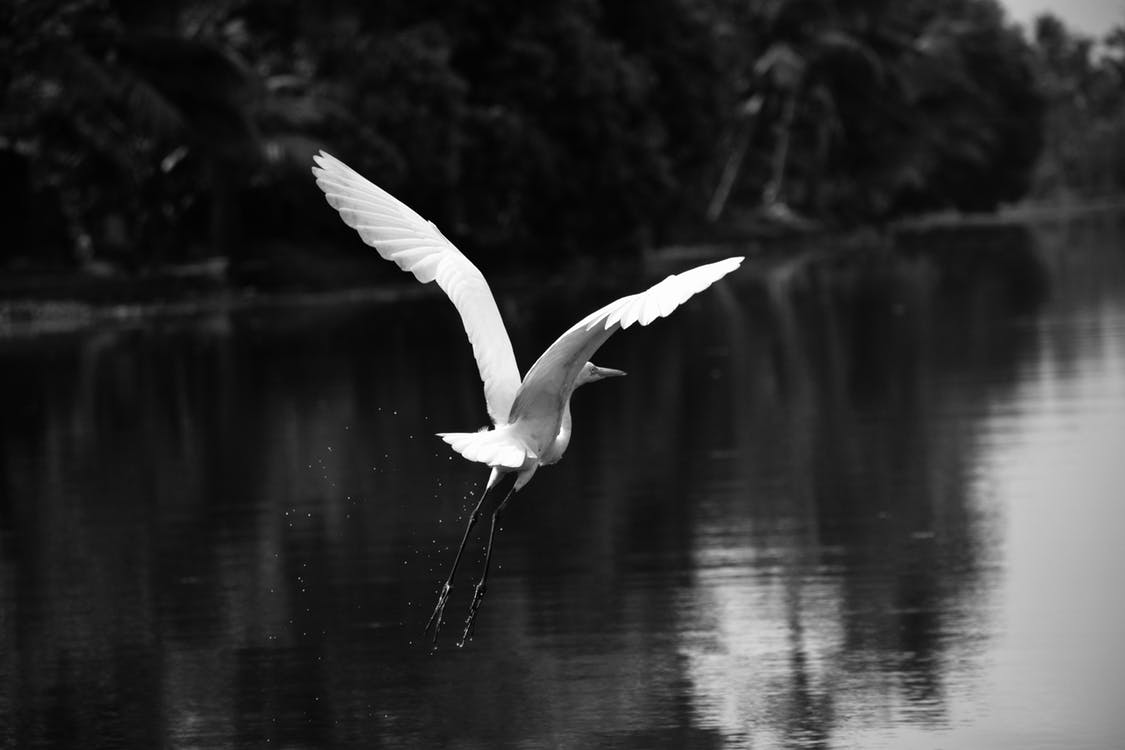Finding flaws in your photography and then working on those flaws will only improve your work. The sooner you’re able to identify, the better it is. Identifying flaws leaves you with enough room to work on them.
Being a photo critic is not an easy job. Photography is an art and it takes years of experience to master it. In India, there are few photography institutes known to impart quality training in photography. Among the few in Hyderabad is Hamstech Institute of Creative Education that not only focuses on fashion, interior and jewellery design but also on photography.
If you are looking forward to improve your photography, here’s a guide on how to do so.
- Visual Weight
When you observe a photograph, what is the first thing that draws your attention? Is it the model, backdrop or props used? Here you need to ask yourself which element is drawing the visual weight. If the objective is not fulfilled (drawing the desired attention), then you may have to reshoot to acquire it.
The sooner you realize it, the better you’ll be able to fix it. Also, students who are pursuing a photography course, get an opportunity to learn through workshops and seminars.
- Distracting Elements
When clicking a photograph, it’s very important to consider the essential and the non-essential parts of the photograph. For example, is there a shadow, branch of a tree or any such element that’s taking away the attention from the main subject.
Lines are another important aspect. There could be lines that may not necessarily lead to anywhere. So you need to watch out for such things.
Those of you who are new to photography may learn this in the initial photography classes itself, as they are just the basics.
- Clicking with Correct Exposure
Clicking with the right exposure is important as it reflects on the final output. In most cases, the camera’s evaluative mode is turned on instead of the spot mode. The spot mode exposes the main subject and not the entire image.
So now you have a fair idea if your photograph is too light or dark. You know how to fix it. Correct exposure or metering is something that students learn in a photography college.
- A Different Focal Length
Focal length is not always about the distance at which the subject appears, it’s more than that. You can alter the focal length by changing the perspective of the photograph. The longer the distance, closer is the object. Therefore, adjusting the focal length as per your subject is what you need to work on.
Similarly check for colour (when shooting indoors and outdoors), also work on the depth, balance and composition and such aspects.
In this way if you have a keen eye for detail in photography, it would certainly help in improving the quality. To begin with, be your own photo critic, in this way you’ll challenge your work and have better results.





